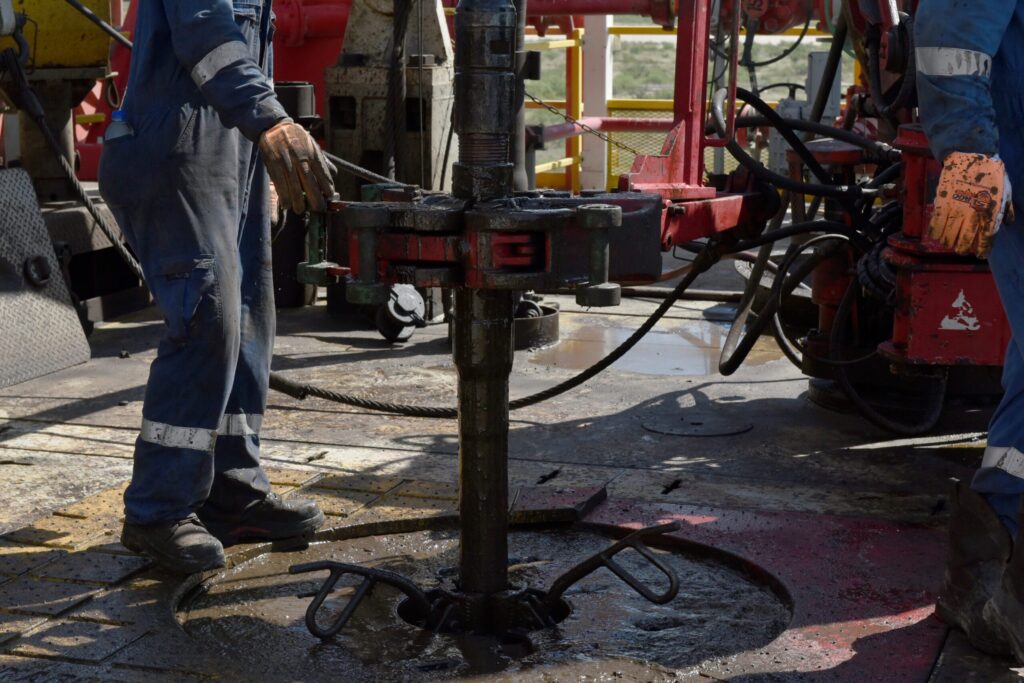Amid the Donald Trump extravaganza in the Arabian Gulf last week, one notable theme was missing from the proceedings: energy dominance.
Sure, there were plenty of energy deals – a wide-ranging MoU on cooperation in Saudi Arabia, as well as oil and gas production agreements in Qatar and the UAE. And energy is sure to have been a prominent subject in all the private discussions that took place beyond the glitzy gala dinners and spectacular conference halls.
But the president did not once talk in public of his ambition to make the US the pre-eminent energy power in the world. There was no mention of the US National Energy Dominance Council, set up on his first day in the White House to “reduce [the US’s] reliance on foreign entities, including strategic adversaries”.
This may just have been good manners on the part of the visiting guest. It would have been pretty brass-necked even for Trump to tell his hosts that he was aiming to usurp their role as the leading oil and gas region in the world. (In oil, Saudi Arabia probably counts as a “strategic adversary” of the US.)
Or it may just have been a simple recognition of the fact that, since Trump was elected, the prospects of the US becoming the dominant energy force in the world have receded significantly.
Saudi Arabia and the UAE have very nearly caught up to the US’s 13 million barrels of oil equivalent per day, and will surpass it soon if Opec+ continues its policy of returning barrels at an accelerated rate.
Just the members of the Group of 8 Opec+ members involved in the recent surge produce more than 2.5 times the output of the US, and, if you add in the rest of the Opec+ alliance, you reach something like 40 million barrels per day, making the US’s output look pretty puny in comparison.
For all Trump’s dreams of dominance, the comparison is only going to get worse – and he is the one to blame.
S&P Global Commodity Insights says that “slowing global oil demand amid extreme uncertainty about the future of US trade, and a coming supply surplus, are expected to hobble US oil production growth later this year, and could lead to an annual decline in output in 2026”.
Some shale producers in the US Permian basin – the heartland of American oil – are beginning to cut back capital expenditure on new wells, and even the well-heeled US majors are feeling the pinch.
“We are seeing significant downward pressure on prices and margins,” ExxonMobil CEO Darren Woods said recently, and hinted that his company was preparing for market conditions worse even than during the Covid-19 pandemic.
Soaring Opec+ production and declining US shale output are the exact obverse of dominance.
American energy leaders – who voted for Trump and backed him to the tune of hundreds of millions of dollars – must be wondering exactly what their donation dollars were spent on.
Could it be that Trump doesn’t actually care very much about the oil industry?
Certainly, he cares about gasoline prices, especially when other inflationary forces caused largely by his tariff wars are beginning to worry American consumers and policymakers. But that is not the same as having a long term strategy for the oil sector.
Figures from the US Bureau of Labor Statistics show that in April this year there were a mere 122,400 people working in oil and gas extraction in America. That number increases dramatically if all workers in the wider energy sector – refining, distribution and support services – are included.
But it is dwarfed by the approximately 300 million vehicles on US roads, the vast majority still internal combustion combustion engines. Their owners – who will of course be voters at the crucial 2026 mid-term elections – want the president to stick to his pledge to get gasoline below $3 a gallon. As of this month, the national average is still above that level.
The easiest way for Trump to achieve his goal of cheap gasoline is to reduce the price of crude on global markets. Since the “liberation day” tariffs, the price of a barrel of American standard West Texas Intermediate is down around 15 percent, and few traders are rushing to buy even at those levels.
That is very good if you’re filling up at your local pump in Mississippi, and if you’re a candidate for Congress next year, but not if you are running a shale rig in west Texas. And no good at all if you are a believer in energy dominance.
Frank Kane is Editor-at-Large of AGBI and an award-winning business journalist. He acts as a consultant to the Ministry of Energy of Saudi Arabia



